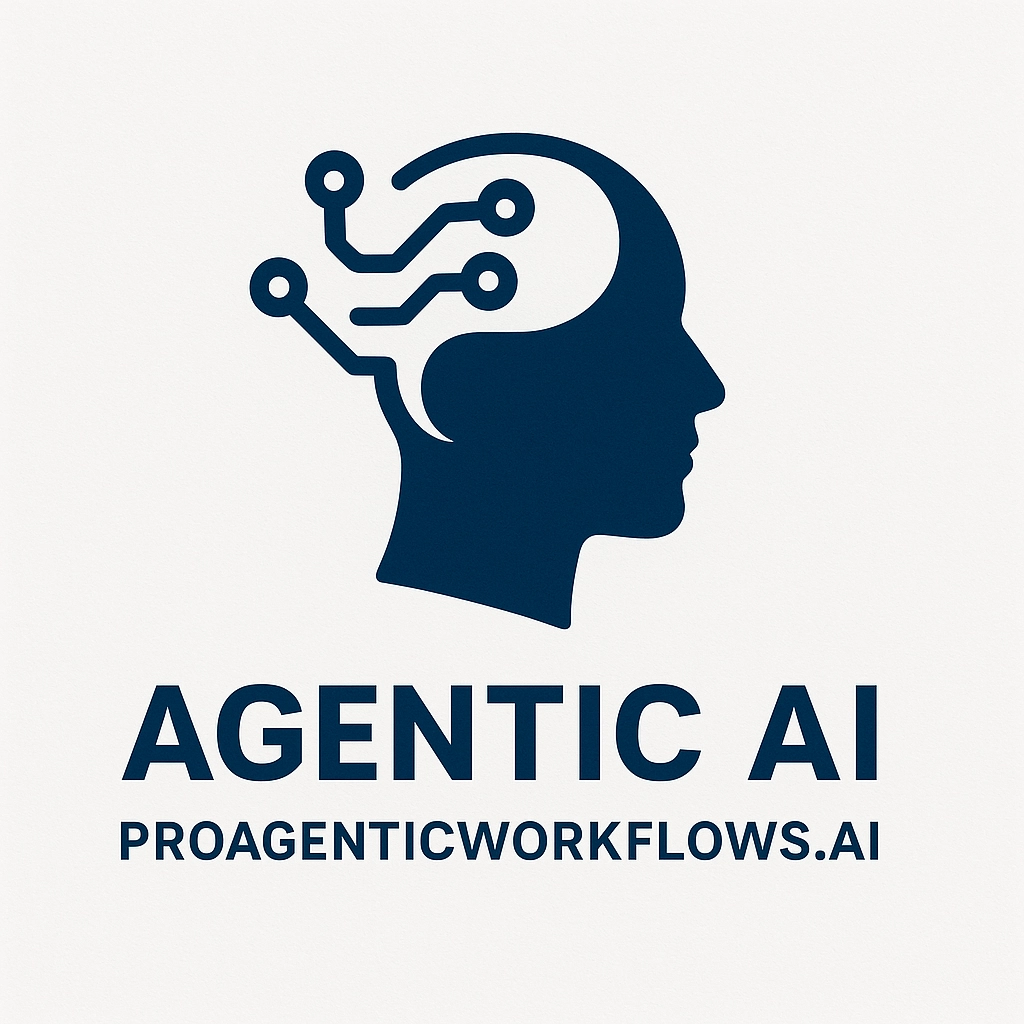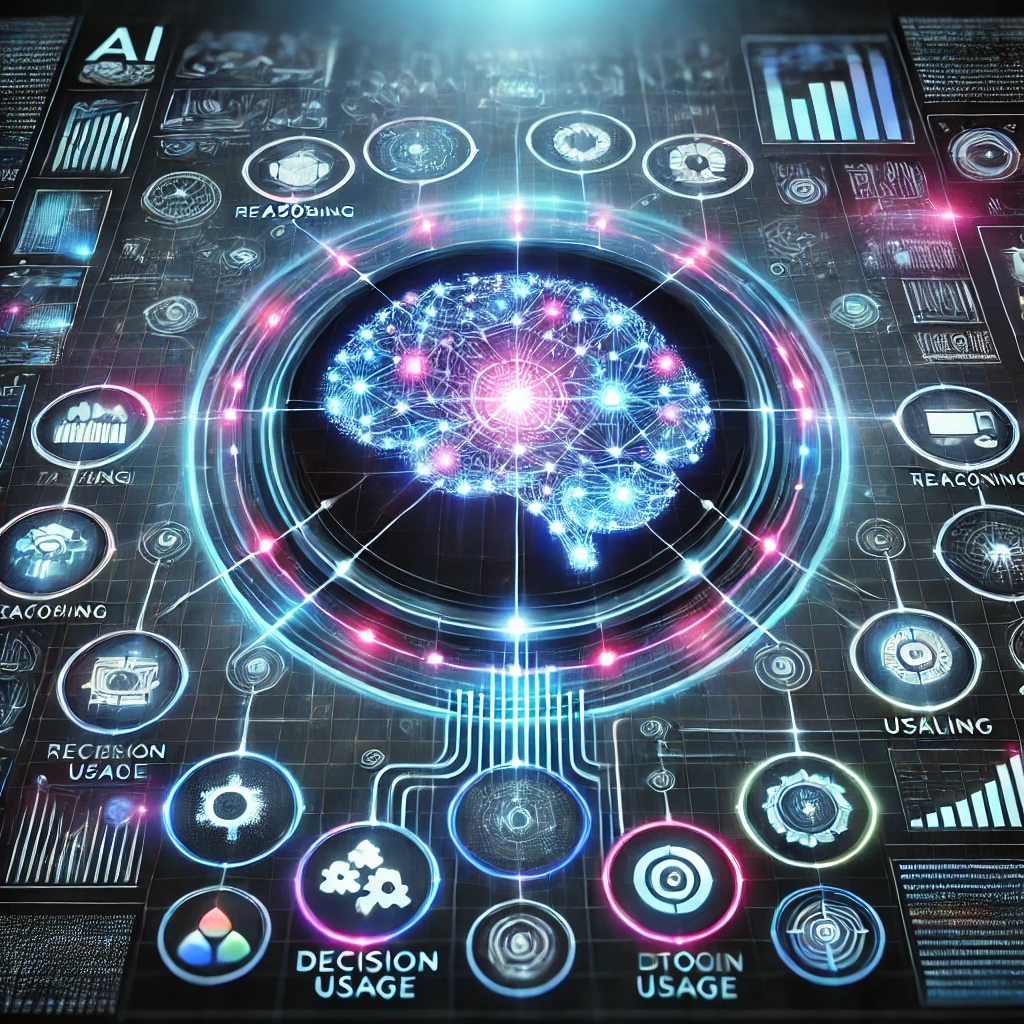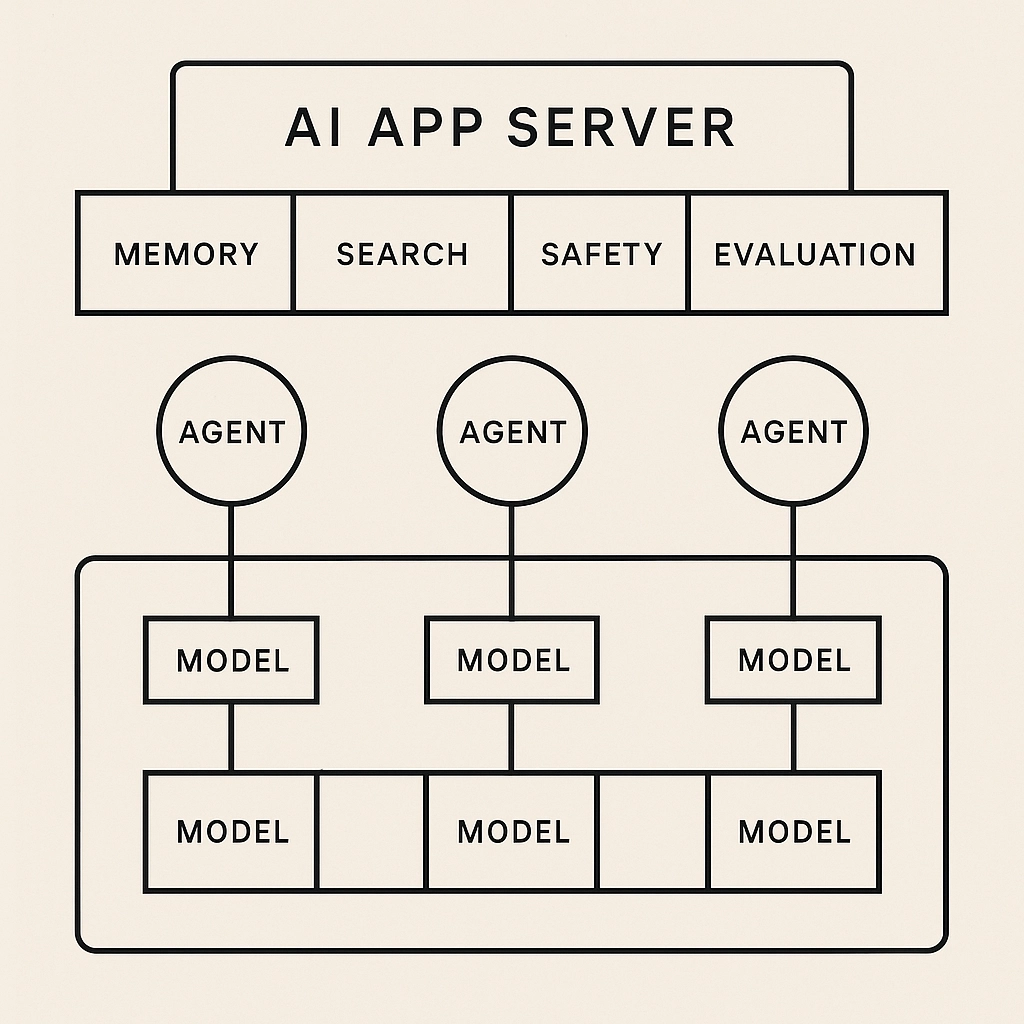Introduction
Artificial Intelligence (AI) agents are rapidly evolving beyond simple automation tools into sophisticated agentic workflows that can think, reason, plan, and act autonomously. The rise of LLM-powered AI agents is transforming how businesses operate by enabling more intelligent, efficient, and context-aware systems. However, developing these AI agents requires an intentional, structured approach to avoid common pitfalls.
This blog provides a comprehensive guide to building and optimizing AI agentic workflows, including best practices, architectural choices, failure modes, and real-world implementation strategies.
1. Understanding AI Agentic Workflows
What Are AI Agentic Workflows?
AI agentic workflows refer to multi-step, autonomous processes where AI agents perform tasks such as:
Understanding and reasoning about a problem.
Selecting the right tools or APIs to execute tasks.
Gathering and analyzing data for better decision-making.
Iteratively refining responses based on feedback.
Learning from past interactions for continuous improvement.
Core Loop of an AI Agent
A well-designed AI agent operates in an iterative cycle:
Perception (Understanding Input) - Processing user queries or real-world data.
Reasoning (Decision-Making) - Determining the best course of action.
Action (Executing Tasks) - Calling APIs, running scripts, or engaging with users.
Reflection (Learning & Adapting) - Evaluating past decisions to improve future performance.
This loop allows AI agents to function dynamically, adapting to complex, real-world scenarios.
2. Key Components of an AI Agentic Workflow
A. Different Types of AI Agents
AI agents come in various forms, depending on task complexity and capabilities:
Fixed Automation Agents - Predefined, rule-based workflows.
LLM-Enhanced Agents - Utilize LLMs for context-aware decision-making.
ReAct Agents - Agents that reason before acting, enabling multi-step planning.
RAG-Enhanced Agents - Incorporate retrieval-augmented generation (RAG) to fetch external knowledge dynamically.
Tool-Calling Agents - Leverage APIs, databases, and function calls for actions.
Self-Learning Agents - Adapt and improve autonomously based on feedback.
B. Core Technologies for AI Agents
To build scalable AI agents, the following tech stack is essential:
LLMs (GPT-4, Claude, Gemini, LLaMA-2, Mistral) for reasoning and conversation.
Vector Databases (Pinecone, Weaviate, FAISS) for long-term memory and retrieval.
Graph-Based Orchestration (LangGraph, CrewAI, AutoGen) for multi-agent coordination.
Tools & APIs (Google Search, OpenWeather, Flight APIs) for real-world actions.
Execution Environments (LangChain, FastAPI, OpenAI Function Calling) for task execution.
Choosing the right combination of these tools ensures efficiency, reliability, and scalability in agentic workflows.
3. Why AI Agents Fail and How to Fix Them
Common AI Agentic Workflow Failures
Despite their potential, AI agents often encounter failure points:
Poorly Defined Prompts → Leads to irrelevant or low-quality responses.
Lack of Multi-Step Planning → Agents struggle with complex workflows.
Tool-Calling Errors → Wrong API/tool selection impacts execution.
Evaluation Challenges → Measuring AI effectiveness remains difficult.
High Latency & Costs → Multiple LLM calls slow down responses.
Infinite Looping & Hallucinations → Poorly designed logic causes failure loops.
Solutions to Improve Agent Reliability
To build robust AI agents, implement the following:
Use Prompt Engineering Best Practices → Clearly define role, objectives, and constraints.
Implement Chain-of-Thought (CoT) Reasoning → Improve complex decision-making.
Deploy Tool Selection Heuristics → Optimize tool/API selection dynamically.
Use State Management → Ensure context retention across multi-turn interactions.
Optimize Latency & Compute Costs → Minimize LLM calls and use caching strategies.
4. Scaling AI Agentic Workflows to Production
A. Architecting for Scalability
A modular, scalable architecture is crucial for production-ready AI agents:
Microservices Approach → Deploy independent agent services for scalability.
Distributed Processing → Utilize parallel execution for speed.
Persistent Memory Storage → Store past interactions for context recall.
Real-Time Monitoring & Logging → Detect anomalies before failures occur.
B. Preventing Common Pitfalls
Set Clear Termination Conditions → Avoid infinite loops in agent workflows.
Incorporate Human-in-the-Loop (HITL) → Enable manual overrides for ambiguous cases.
Build Robust Error Handling → Gracefully handle API failures, timeouts, and misinterpretations.
5. Choosing the Right AI Agent Framework
Popular AI Agent Frameworks
Framework | Best For | Key Features |
|---|---|---|
LangGraph | Graph-based workflows | Multi-agent orchestration |
AutoGen | Conversational multi-agent coordination | LLM-powered interactions |
CrewAI | Role-based AI agents | Task delegation & collaboration |
Selecting the Right Framework
For Research & Prototyping: Start with AutoGen for quick development.
For Multi-Agent Systems: Use LangGraph for graph-based execution.
For Role-Based Collaboration: Choose CrewAI for complex agent roles.
6. Ethical Considerations & Compliance
A. Regulatory Guardrails
AI agents must comply with industry regulations, including:
GDPR & Data Privacy Laws → Secure user data handling.
Bias Mitigation → Implement fairness audits in decision-making.
Explainability & Transparency → Provide justifications for AI-driven actions.
B. Implementing AI Safety Measures
Approval Workflows for Critical Decisions
Escalation Mechanisms for High-Risk Scenarios
Audit Trails & Logging for Compliance Checks
Conclusion: The Future of AI Agentic Workflows
AI agentic workflows are transforming industries by enabling intelligent automation and autonomous decision-making. However, developing and deploying these agents requires a structured approach to overcome scalability, performance, and reliability challenges.
Key Takeaways:
✅ Design agents for adaptability, learning, and reasoning.
✅ Optimize LLM calls to reduce latency and computational costs.
✅ Choose the right framework (LangGraph, AutoGen, CrewAI) based on use case.
✅ Implement guardrails for safety, compliance, and ethical AI.
The future of AI agents lies in continuous evolution, leveraging self-learning architectures, fine-tuned models, and hybrid AI-human collaboration to push the boundaries of autonomous intelligence.
Want to build next-gen AI agents? 🚀 Start by designing workflows that are modular, explainable, and efficient for real-world applications.
🔗 What’s Next?
Stay ahead of the curve! Follow this space for deeper insights into AI agent architectures, evaluation frameworks, and real-world implementations.






Comments